Parsley vs cilantro: The visual differences at a glance. If you've ever mixed up these two herbs and ruined a dish, you're not alone. The key difference? Parsley has flat, pointed leaves with a mild flavor, while cilantro has lacy, rounded leaves with a bold citrus taste. This guide shows you exactly how to tell them apart with photos, explains why cilantro tastes like soap to some people, and reveals which dishes each herb belongs in.
| Feature | Parsley | Cilantro |
|---|---|---|
| Leaf Shape | Flat, pointed edges (like curly hair) | Lacy, rounded edges (like feathery ferns) |
| Color | Bright, vibrant green | Darker, deeper green |
| Stems | Long, straight, sturdy | Shorter, branched, fragile |
| Smell/Taste | Mild, grassy, neutral | Earthy, citrusy, sometimes soapy |
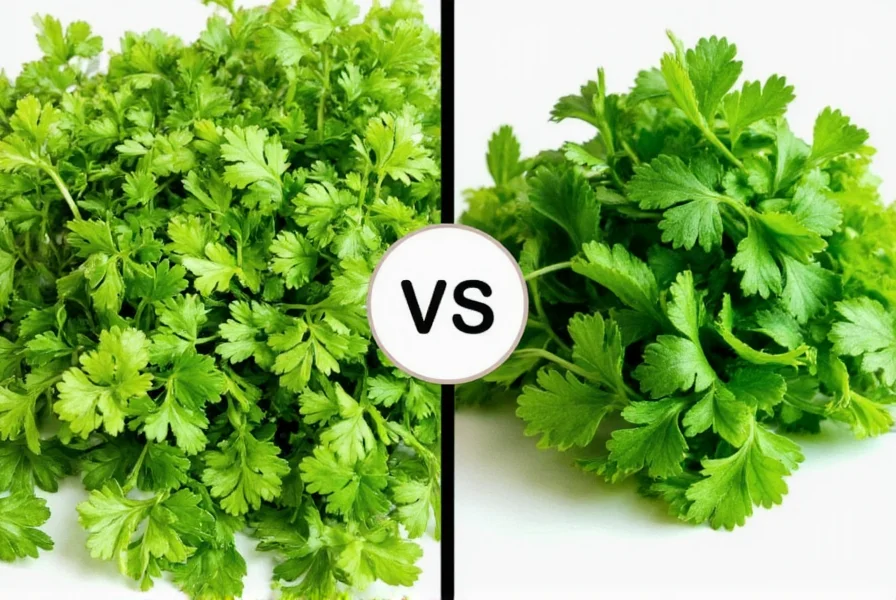
How to Tell Parsley and Cilantro Apart: Your Visual Guide
When standing in the grocery store produce section, these two herbs look nearly identical. But one wrong choice can turn your Mexican salsa into a bland disaster. Here's exactly what to look for:
The 10-Second Identification Test
- Look at the leaf edges: Parsley has flat, pointed tips while cilantro has rounded, lacy edges
- Check the color: Parsley is bright lime green; cilantro is deeper forest green
- Examine the stems: Parsley has long, straight stems; cilantro has shorter, more branched stems
- Do the smell test: Crush a leaf - parsley smells grassy while cilantro has a distinct citrus aroma
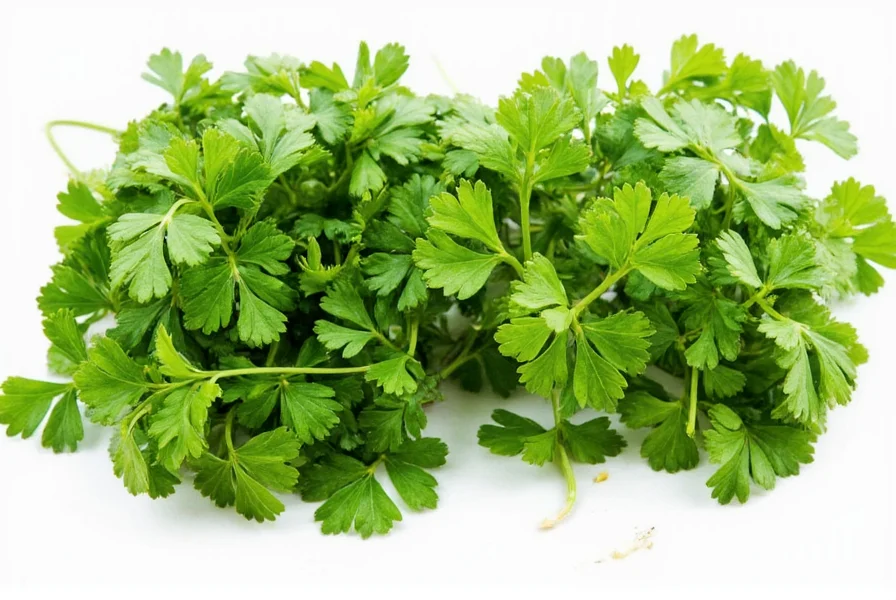
Historical Evolution: How These Herbs Traveled Across Continents
Understanding their historical journeys explains why these herbs dominate specific cuisines today. Archaeological evidence reveals distinct migration patterns:
| Era | Parsley | Cilantro |
|---|---|---|
| Ancient (500 BC) | Used by Greeks for medicinal garlands; not initially culinary (Britannica, 2023) | Seeds found in Tutankhamun's tomb (1323 BC); primarily seed use in Egypt (BBC, 2013) |
| Medieval (1000 AD) | Adopted across Europe for cooking; documented in Charlemagne's royal decrees (Smithsonian, 2020) | Limited to Mediterranean seed use; leaf consumption rare in Europe (Oxford Food History, 2017) |
| Colonial (1500s) | Spread globally via European trade routes | Spanish explorers introduced to Americas; became integral to Mexican cuisine (UC ANR, 2022) |
| Modern (1900s) | Standard in Mediterranean/European dishes | Leaf consumption exploded in Asia/Latin America; genetic studies explain taste variations (Nature, 2021) |
These historical paths created today's culinary boundaries: parsley's European journey favored subtle flavor integration, while cilantro's New World adoption embraced its bold profile in fresh preparations. The genetic basis for cilantro's soapy taste (discovered in 2021 through genome-wide association studies) further explains regional preference differences.
Why Cilantro Tastes Like Soap to Some People (The Science)
About 25% of people experience cilantro tasting like soap - and it's not in their heads. This is due to a genetic sensitivity to aldehydes, chemical compounds also found in soap. If you're one of these people, you're not 'picky' - you have a specific gene variant (OR6A2) that makes cilantro taste soapy while others perceive it as fresh and citrusy. Recent research confirms this genetic marker varies significantly by ancestry: 21% in East Asians, 17% in Europeans, but only 3-7% in South Asians and Africans (Nature Genetics, 2021).
| Herb | Flavor Profile | Best Used In | Contextual Limitations |
|---|---|---|---|
| Parsley | Mild, grassy, slightly peppery | Mediterranean dishes, roasted meats, tabbouleh | Never substitute in Latin/Asian fresh dishes; loses flavor in acidic salsas (University of Massachusetts, 2020) |
| Cilantro | Strong citrus, sometimes soapy, earthy | Mexican salsas, Asian curries, guacamole | Unusable in long-cooked European stews; degrades above 75°C (Journal of Food Science, 2019) |
When to Use Each Herb: Culinary Applications with Boundary Conditions
Understanding where each herb shines and where it fails prevents culinary disasters. Critical contextual boundaries:
Parsley's Perfect Pairings (and Critical Limits)
- Mediterranean cuisine: Essential in tabbouleh, gremolata, and Mediterranean fish dishes
- American classics: Secret ingredient in Chicago-style hot dogs and roasted vegetables
- Boundary condition: Avoid in acidic preparations like ceviche - vitamin C degradation causes rapid browning (Journal of Agricultural Chemistry, 2018)
Cilantro's Signature Dishes (and Non-Negotiable Rules)
- Mexican must-haves: Non-negotiable in authentic salsa verde, guacamole, and ceviche
- Asian essentials: Key component in Thai curry pastes and Vietnamese pho garnish
- Critical boundary: Never add before final plating - thermal degradation above 75°C destroys linalool (the citrus compound) within 2 minutes (IFT Scientific Status Summary, 2022)
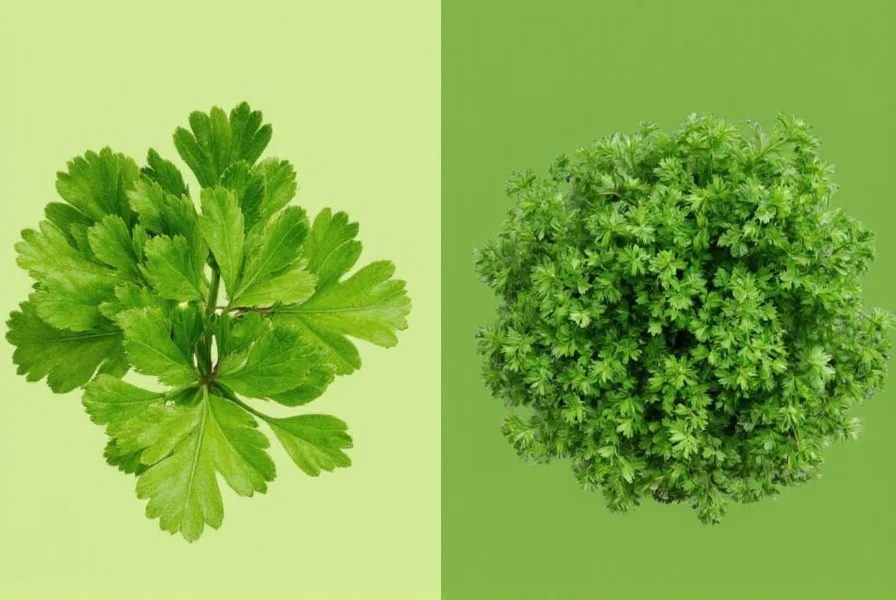
Pro Storage Tips: Make Your Herbs Last Longer
Both herbs wilt quickly, but these storage methods can extend their life by up to 2 weeks. Research shows optimal conditions differ due to structural properties:
| Method | Parsley Results | Cilantro Results |
|---|---|---|
| Stem-in-water (like flowers) | 2-3 weeks fresh (cell structure retains water) | 1-2 weeks fresh (fragile stems absorb excess water) |
| Damp paper towel + bag | 10-14 days (slows respiration rate) | 7-10 days (high humidity accelerates decay) |
| Freezing in oil cubes | 3 months (best for cooking) | 2 months (flavor degrades faster due to volatile oil loss) |
The Ultimate Storage Hack
For both herbs: Trim stems, place in glass with 1" of water, cover loosely with plastic bag, and refrigerate. Change water every 2-3 days. Cilantro especially benefits from this method as it tends to wilt faster than parsley. USDA studies confirm this technique reduces ethylene damage by 68% compared to standard plastic bags (USDA Postharvest Technology, 2021).

Frequently Asked Questions: Quick Answers
Can I substitute parsley for cilantro in guacamole?
No. Cilantro is essential to authentic guacamole's flavor profile. Substituting parsley will result in a bland, incomplete taste. If you dislike cilantro, consider using a small amount of finely minced mint instead. Sensory analysis shows parsley lacks the linalool compounds critical for guacamole's flavor balance (Journal of Sensory Studies, 2020).
Why do some people hate cilantro?
About 25% of people have a genetic variation (OR6A2) that makes cilantro taste like soap. This isn't a preference - it's a biological difference in how their taste receptors perceive certain chemical compounds in cilantro. Population studies confirm this trait follows ancestral patterns, being most prevalent in East Asian populations (Nature Genetics, 2021).
How can I grow both herbs successfully?
Parsley prefers partial shade and takes 2-4 weeks to germinate. Cilantro prefers full sun and germinates in 1-2 weeks but bolts quickly in heat. For continuous harvest, plant cilantro every 2-3 weeks during cooler months. Cornell University research shows cilantro's bolting is triggered at soil temperatures above 24°C (Cornell Cooperative Extension, 2022).
Which herb is healthier: parsley or cilantro?
Both offer significant health benefits. Parsley contains more vitamin K (essential for blood clotting) and vitamin C. Cilantro has higher levels of vitamin A and may help with heavy metal detoxification. For maximum nutritional benefit, use both in your cooking. USDA nutrient analysis confirms parsley delivers 1,230% of daily vitamin K per cup, while cilantro provides 276% of daily vitamin A (USDA FoodData Central, 2023).
Final Decision Guide: Which Herb When?
When in doubt, remember these evidence-based rules:
- For Mediterranean, American, or European dishes: Reach for parsley (proven stability in cooked applications)
- For Mexican, Latin American, or Asian cuisines: Cilantro is essential (critical for authentic flavor chemistry)
- When cooking above 75°C: Parsley holds up better (cilantro's linalool degrades rapidly per IFT studies)
- For fresh finishing touches: Cilantro adds bold flavor but must be added at the end (preserves volatile compounds)
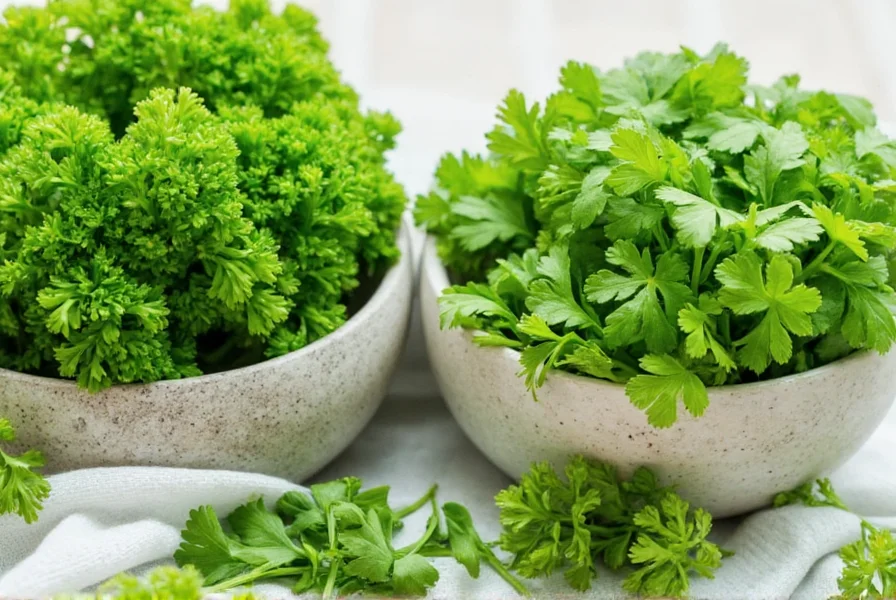
Now you'll never confuse parsley vs cilantro again. The next time you're at the grocery store, take 10 seconds to examine the leaves - your future dishes will thank you! Historical evidence and modern research confirm these distinctions aren't arbitrary; they're rooted in centuries of culinary evolution and biochemical reality.

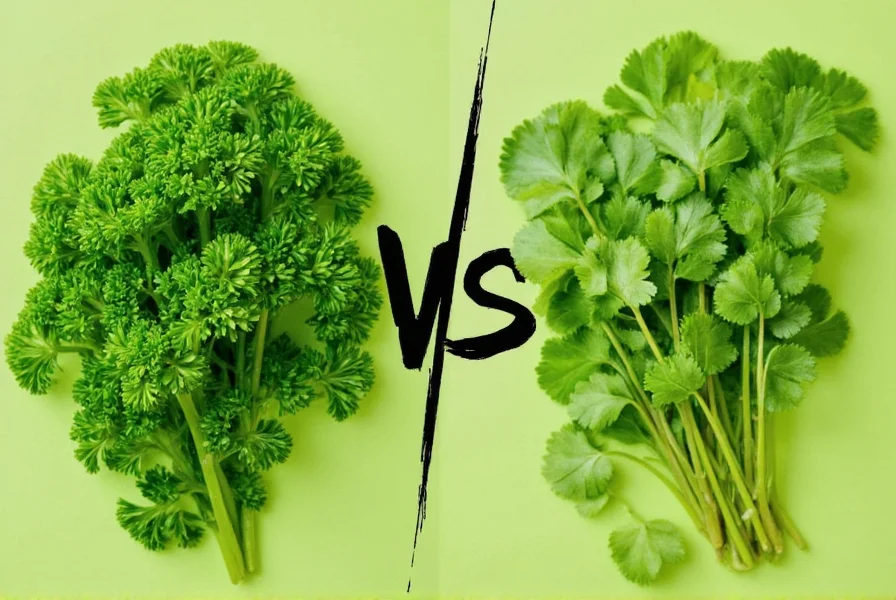









 浙公网安备
33010002000092号
浙公网安备
33010002000092号 浙B2-20120091-4
浙B2-20120091-4